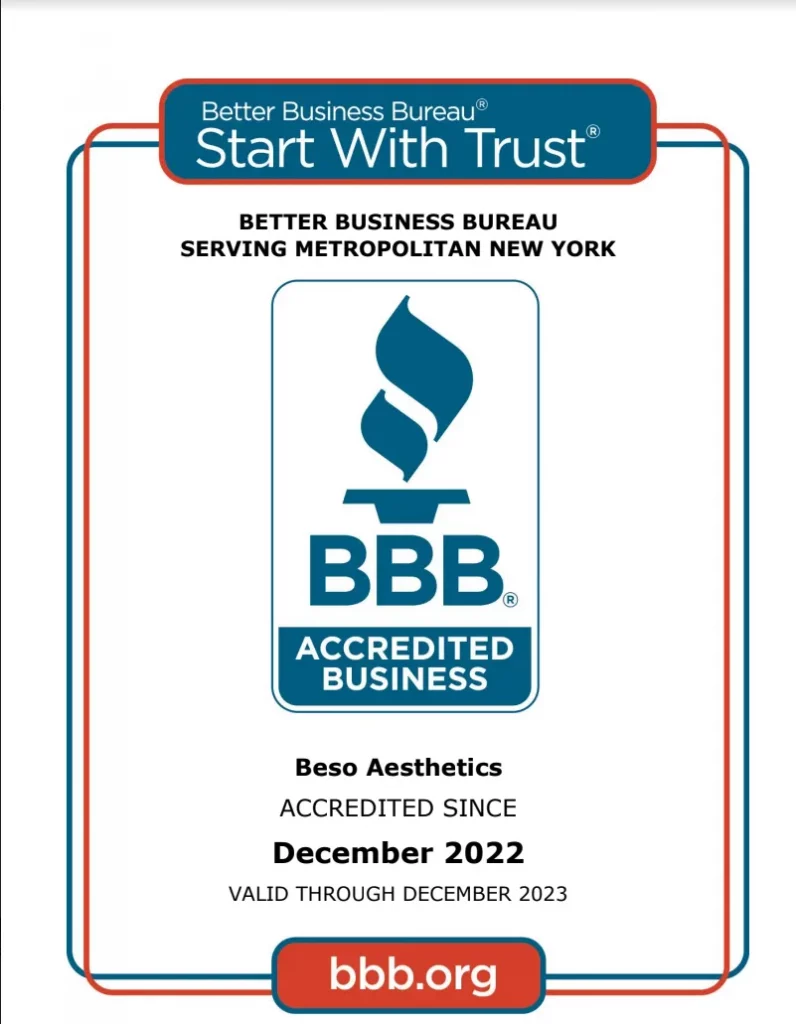Tear trough fillers use dermal fillers to reduce the appearance of under-eye hollows or tear troughs. They are considered a noninvasive, safe, and effective cosmetic procedure, but there are some risks and side effects to be aware of, including swelling, bruising, and allergic reactions.
Preparation Before Tear Trough Treatment
The HA filler is placed to add volume and smooth the area around the eyes. This helps reduce the dark circles, fine lines, and other signs of aging around the eyes. The preparation steps before the primary treatment include:
Before you experience tear trough treatment, it's essential to mentally and physically prepare yourself.
Firstly, ensure you consult with a board-certified professional who specializes in facial rejuvenation and tear trough correction. This guarantees that you're in safe hands and reduces the risk of complications such as bruising, swelling, or accidentally injecting into a blood vessel.
Discuss any concerns, allergies, and medications you take to avoid allergic reactions or potential complications.
Tear trough fillers can offer significant improvements but are not a one-size-fits-all solution. Understanding the procedure and its risks and managing your expectations is necessary to achieve the desired results.
The HA Fillers Procedure
Let's walk through the steps of the hyaluronic acid tear trough filler procedure, a popular solution for addressing under-eye hollows and dark circles.
Once you're ready to proceed, your board-certified specialist will clean the treatment area. To minimize discomfort, they may apply a numbing cream.
The tear trough filler is safely injected into the tear trough area using precise techniques to restore lost volume and smooth out depressions.
Throughout the process, your specialist will be mindful of blood vessels to minimize the risk of bruising and swelling.
After completing the dermal filler injections, they may gently massage the area to ensure the under-eye filler is evenly distributed.
The entire procedure takes only a few minutes and provides immediate results.
Initial swelling and bruising may occur. These effects are temporary and will subside within a few days. The results can last for several months with proper care, giving you a refreshed and rejuvenated look. It's a safe and effective way to address problems in the under-eye area without surgery.
Post-Treatment Care After Tear Trough Procedure
Taking good care of your skin after a tear-trough procedure is important to optimize results and minimize potential side effects.
Avoid touching or rubbing the treated area to prevent displacing the filler and causing irritation.
Apply ice packs or cold compresses on lower eyelids to reduce swelling and bruising, which are common after injectable treatment.
Be gentle when cleansing your face, using mild, non-abrasive products to avoid irritating the delicate under-eye skin.
Sleep with your head elevated to further reduce swelling.
Drink a lot of water to help your body flush out toxins and save skin elasticity.
To minimize the risk of swelling and bruising, avoid strenuous exercise or activities that may increase blood flow to the face immediately after treatment.
Lastly, follow any specific post-treatment recommendations from your healthcare provider and visit a follow-up appointment to ensure optimal results.
These simple post-treatment care tips can help maintain a refreshed and rejuvenated appearance after your tear-trough filler procedure.


